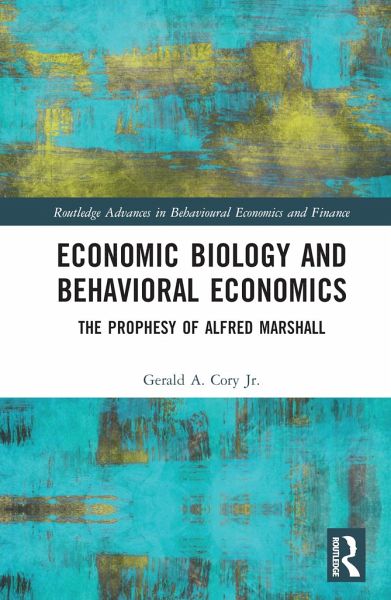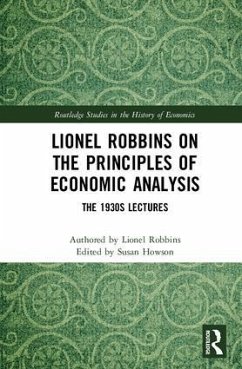
Economic Biology and Behavioral Economics
The Prophesy of Alfred Marshall
Versandkostenfrei!
Versandfertig in 1-2 Wochen
149,99 €
inkl. MwSt.
Weitere Ausgaben:

PAYBACK Punkte
75 °P sammeln!
Economic Biology and Behavioral Economics: The Prophesy of Alfred Marsh all explores the prophesy of Alfred Marshall, the grand synthesizer of neoclassical economics, that the "Mecca of the economist lies in economic biology".














